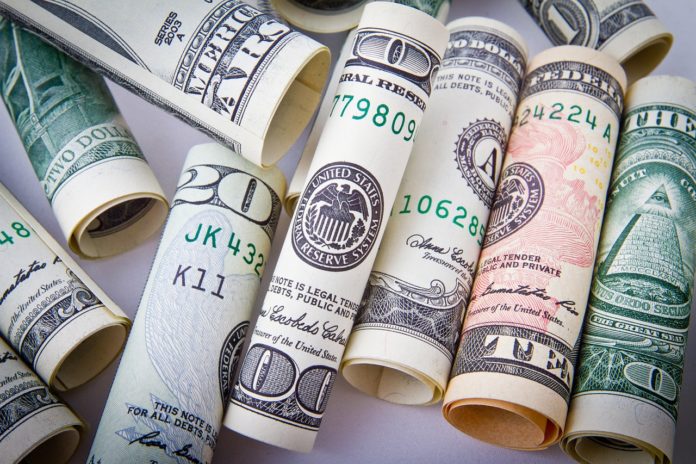Most fraudulent U.S. currency is pretty easy to identify if you know what to look for. Here are some tips suggested by the United States Federal Reserve.
Each Federal Reserve note includes identifiers. Federal Reserve identifiers serve a variety of purposes, like designating when a note was printed and which plate was used to print the note.
Raised printing
Move your finger across the note. It should feel slightly rough to the touch as a result of the printing process and the unique composition of the paper.
Security thread
Hold the note to light to see a security thread embedded on denominations $5 and higher. The thread is in a different position for each denomination and glows a different color when held to ultraviolet (UV) light.
Watermark
Hold the note to the light to see a faint image to the right of the portrait on denominations $5 and higher. The $5 note has two watermarks, both of the numeral 5.
Color-shifting ink
Tilt the note to see the ink in the numbers on the lower right corner and the Bell in the Inkwell change color from copper to green. Color-shifting ink is found on denominations $10 and higher.
3-D Security Ribbon
The 3-D Security Ribbon on the $100 note is woven into the paper. It has images of bells and 100s that move from side to side and up and down when you tilt the note.
Microprinting
Microprinting is featured in several locations on denominations $5 and higher. These small printed words correspond to the denomination or are phrases such as “THE UNITED STATES OF AMERICA,” “USA,” or
“E PLURIBUS UNUM.”
Red and blue fibers
There are small red and blue security fibers embedded throughout genuine U.S. currency paper.
For more information, visit the U.S. Currency Education Program here.




